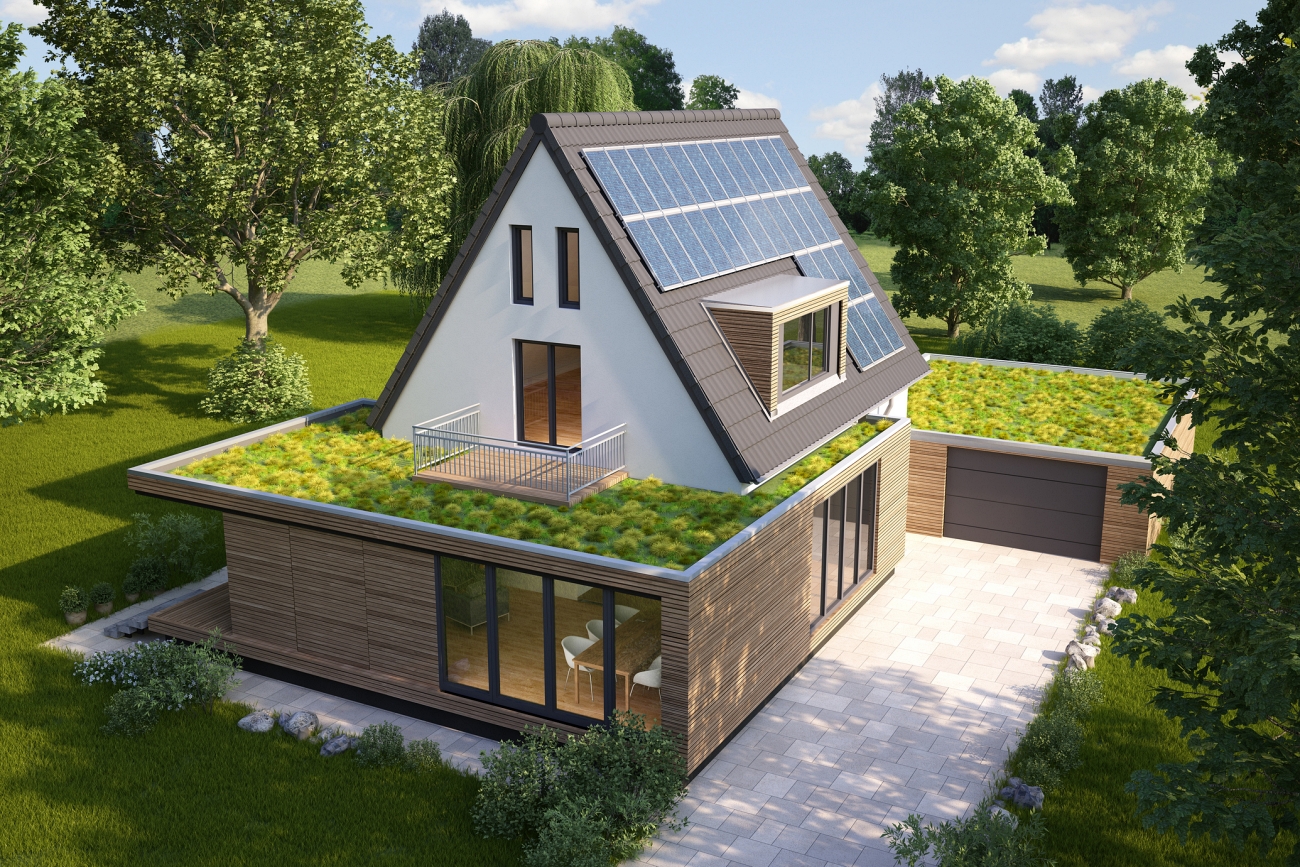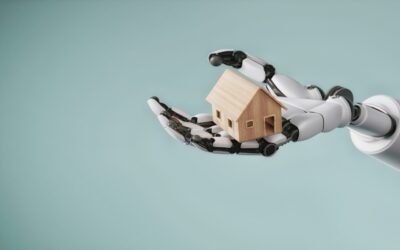As climate change accelerates, homes across the United States face increasingly frequent and severe natural disasters—from wildfires and hurricanes to floods and extreme heat. To mitigate these risks, builders, homeowners, and communities are adopting climate-resistant housing strategies that aim to protect property, ensure safety, and promote sustainability. Here are practical ways the industry can adapt, innovate, and safeguard the future.
Understanding the Risks: Why Climate Resilience Matters
In the past four decades, climate disasters have increased dramatically, from an average of three major disasters per year in the 1980s to 27 billion dollar-plus events in 2024 alone. Wildfires, floods, hurricanes, and extreme temperatures no longer represent distant threats but daily realities. This increasing frequency underscores the importance of proactive climate resilience—not only for homeowners but also for communities, builders, and policymakers.
“The climate has changed but our building materials haven’t kept up with those changes,” Judy Roessner, president of Sixth River, said at last month’s SXSW PropTech House event. “Materials that won’t mold or rot, can withstand high winds, resist igniting, and will regenerate the earth at the end of its useful life, have to become the new norm.”
Roessner said that a growing number of emerging technologies are helping homes to better withstand current and future climate risks. And while costs are coming down to help make resilient homes more accessible, “we need more private investment dollars appropriated” to foster more growth, Roessner said.
Building Smarter: Innovative Design Strategies
Here are some of the latest advancements that are helping to make homes more resilient to climate events.
- Fire-resistant design: In wildfire-prone regions, design choices matter tremendously. Simple, cost-effective measures such as fiber cement siding, ember-proof vents, and fire-resistant roofing materials can significantly reduce wildfire damage. During the recent California Palisades Fire in early 2025, homes employing these techniques fared dramatically better.
- Flood and storm-resistant design: For regions vulnerable to flooding and hurricanes, elevated foundations and flood vents can provide crucial protection. Flood vents allow water to pass beneath homes rather than through them, preventing catastrophic damage. Impact-resistant windows and reinforced structural frames also can offer critical protection against high winds.
- Extreme heat with passive design: As extreme heat events become common, passive cooling design strategies are more critical. Incorporating shade structures, green roofs (also known as “living roofs”), and strategically placed windows to allow natural ventilation can dramatically reduce heat accumulation, lower energy consumption, and make homes comfortable even in severe heat waves.
Technology & Data: Predicting and Preventing Climate Risks
Emerging technology is reshaping how we build resilient homes. Advanced data analysis, predictive modeling, and artificial intelligence (AI) allow builders, homeowners, and policymakers to anticipate risks more accurately and help them choose locations, construction techniques, and materials that specifically address local threats, improving safety and resilience.
“Along with assessing property risk, we need to offer the owner, lender, insurer, and community actionable steps to increase resilience,” Nick Wanzenried, senior director of data and analytics enablement at CoreLogic, said at last month’s SXSW PropTech House. Wanzenried highlighted how CoreLogic’s AI-powered platform can analyze climate patterns to provide detailed risk assessments, pinpointing exactly where homes may be vulnerable to wildfires, floods, or hurricanes.
Innovative Construction Techniques & Materials
Climate resilience doesn’t have to mean building costly homes that are out of reach to many households. Recent advancements have introduced affordable and effective solutions:
- Self-Healing Concrete: Infused with bacteria that repairs cracks automatically, this material helps buildings remain structurally sound after extreme weather events.
- Hurricane-Proof Windows & Reinforced Framing: These building techniques are becoming increasingly accessible, significantly reducing storm damage in hurricane-prone regions.
- Cool Roofing & Reflective Materials: Reflective coatings can reduce cooling costs by up to 40%, crucial in regions facing frequent heat waves.
- Wildfire-Resistant Landscaping: Using fire-resistant plants, creating defensible space around homes, and removing combustible vegetation can significantly reduce wildfire vulnerability.
- Green Roofs & Living Walls: These absorb stormwater, reduce urban heat, and provide natural insulation, decreasing energy usage and enhancing property resilience.
- Flood Mitigation with Natural Barriers: Restoring wetlands and incorporating permeable paving materials can significantly reduce flooding risk by managing stormwater runoff naturally.
Policy, Insurance, and Financial Incentives
Resilience doesn’t happen in isolation—it requires support from government policies, financial incentives, investments, and insurance markets. Updated building codes that reflect modern climate realities are essential. Incentives such as tax credits, insurance discounts for resilient homes, and accessible financing for home retrofits can motivate homeowners and developers to adopt resilient construction practices widely.
As insurers increasingly refuse coverage in high-risk zones or dramatically increase premiums, climate-resistant strategies not only ensure safety but also become economically critical. Policymakers must catch up with emerging threats, creating clear pathways and financial support for homeowners committed to resilience.
Taking Action Today for a Safer Tomorrow
Climate-resilient housing isn’t merely an option—it’s quickly becoming essential. “The industry has to respond–we need new building codes, new zoning, better design, more resilient products, investors who see the promise and opportunity in innovation, city leaders driving change,” Jennifer Castenson, vice president of public relations at Buildxact, said during a session at the recent SXSW PropTech event. “But, right now, no homeowner is immune from the impacts of climate risk.”
By integrating intelligent design principles, advanced technologies, and forward-looking policies, we can build communities prepared for the realities of our changing climate. Homeowners, builders, and policymakers share the responsibility to proactively integrate climate resilience into every aspect of residential real estate.
The tools exist today—AI-driven risk assessment, smart home technologies, innovative building materials, and sustainable landscaping—to significantly reduce vulnerabilities. By embracing these solutions, the real estate industry can not only build safer, more resilient homes but also lay the foundation for a sustainable future for generations to come.
Author
 Dan Weisman
Dan Weisman
Dan Weisman is a Director of Innovation Strategy within the Strategic Business, Innovation & Technology group at the National Association of REALTORS®.




